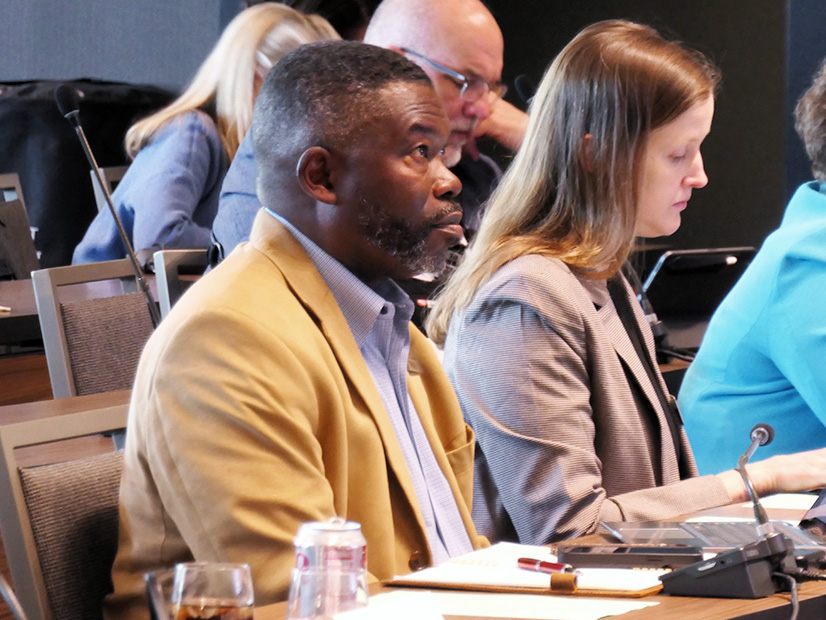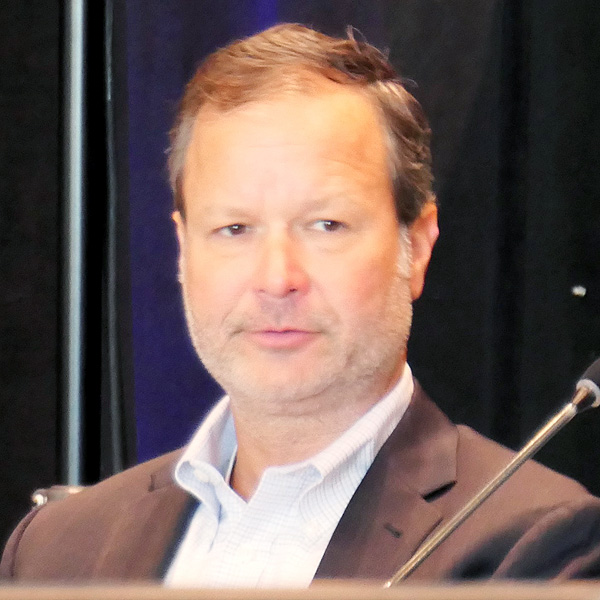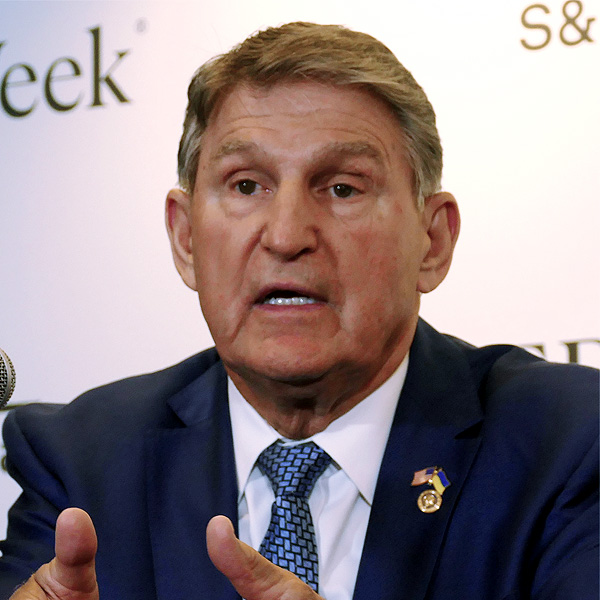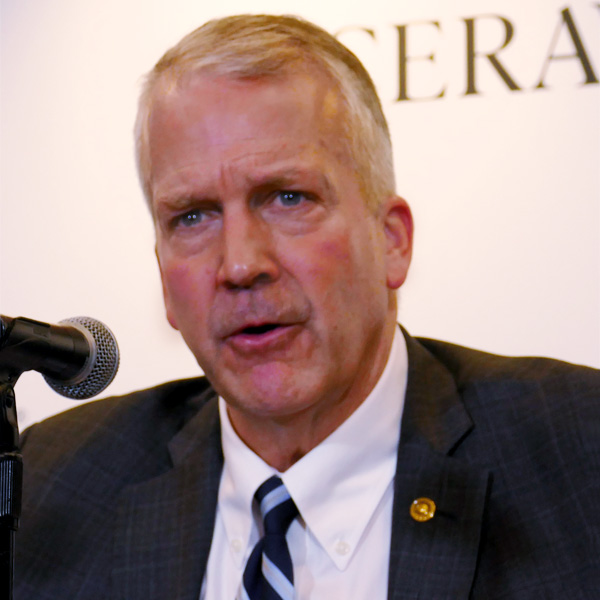SOMERVILLE, Mass. — Selling the long-term narrative to the public on the significance of clean energy infrastructure is as important as any technical barriers to infrastructure development, a panel of energy experts emphasized at Greentown Labs on March 21.
Convened by Advanced Energy United, the event was aimed at drawing connections between the infrastructure needs of the clean energy transition and Boston’s Big Dig, a massive construction project that replaced an elevated highway cutting through the city’s downtown with an underground tunnel.
Ian Coss, producer of a 2023 podcast by WGBH investigating the history of the massive project, told attendees the Big Dig serves as both “a cautionary tale” and “a point of inspiration” for clean energy infrastructure projects.
Completed in 2007, the idea behind the Big Dig initially was conceived in the early 1970s; it took 20 years to “even get to the starting line of construction, and then it took another 16 years to build it,” Coss said. The project ultimately cost more than $20 billion, was beset by a series of controversies and has long carried the reputation of a boondoggle, he said.
But despite the construction challenges, the completed project now provides significant quality-of-life benefits to the city and the broader region, Coss said. Connecting the project to the daunting need for infrastructure that lies ahead, Coss said the history of the Big Dig shows “how important narrative is to public works.”
“A project can be transformative and at the same time viewed very negatively for a long period of time,” Coss said, adding that the project’s reputation led to a “chilling effect” on major infrastructure projects in the region.
Rebecca Tepper, secretary of Massachusetts’ Executive Office of Energy and Environmental Affairs, said the challenges the state faces today in developing infrastructure may be even greater than those of the Big Dig. While the Big Dig was limited to the city of Boston, the infrastructure needed for the clean energy transition will extend through the Northeast and require intense regional collaboration, she said.
At the same time, Tepper remains optimistic, and she highlighted community engagement and benefits as the key components to the successfully deploying infrastructure at scale.
“Can we still build big things? Yes, because we have to,” Tepper said.
With impending emission target deadlines, states also do not have the luxury of time for developing clean energy infrastructure, the panelists said.
“Time is no friend: It’s no friend in politics, in life and in infrastructure projects,” said Joe Curtatone, president of the Northeast Clean Energy Council.
Other challenges specific to energy include the fact that the existing infrastructure needs to continue functioning throughout the construction process, and there often is limited tangible or visible benefits to celebrate when the infrastructure is completed, said Maria Robinson, director of the U.S. Department of Energy’s Grid Deployment Office.
Accompanying energy infrastructure with projects that provide real benefits to local communities can help “make it more tangible,” Robinson said.
Despite the myriad challenges, one advantage of today is the alignment of federal, state and local governments on the need to quickly develop clean energy infrastructure, and the availability of federal dollars to do so, said Jeremy McDiarmid, managing director of Advanced Energy United. McDiarmid called this alignment “a moment to seize.”
Advanced Energy United recently co-founded the Transmission Possible coalition, which is working “to elevate the conversation” and make transmission issues more accessible to a general audience, McDiarmid said. (See Transmission Coalition to Fight for Expanded Grid.)
“It’s something that everybody needs to understand,” McDiarmid said. “We don’t have another choice; we don’t have the luxury of just ignoring this.”
Ultimately, the success of the clean energy transition will depend on more than the success or failure of any single project, McDiarmid said.
“We need to think bigger,” McDiarmid said, “telling a big-picture story so the unfortunate bumps along the road are just that.”



